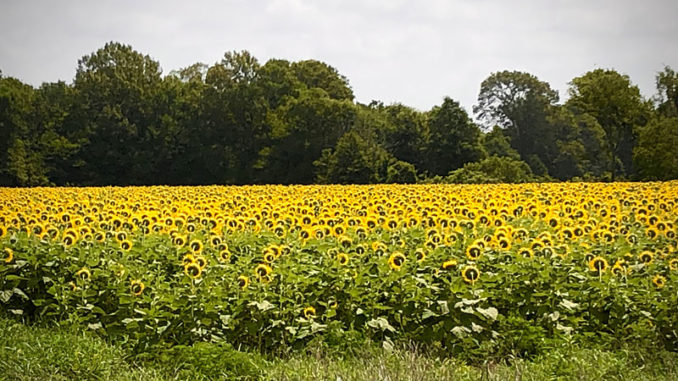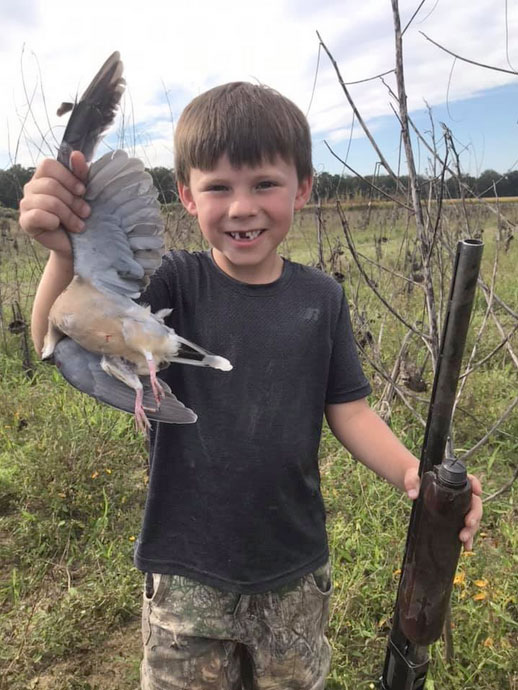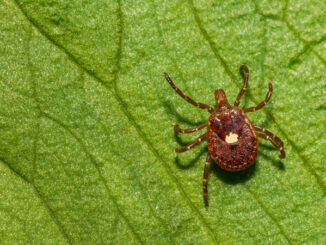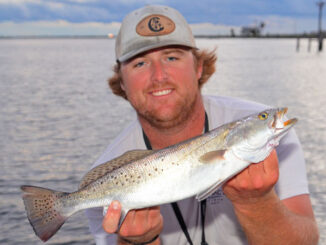
Properly managed sunflower fields scream “buffet open” to doves
If you plant it, they will come. “It,” in this case: Sunflowers.
Big, large, bright, and cheerful plants whose flowers can be seen a mile away. The are easy to plant and manage. Beautiful to look at and as a wonder of nature, they actually turn and face the sun, following it across the sky, as they grow. When they mature, they simply face east.
And for hunters, it’s a crop that screams “Buffet Open” in bright yellow lights to resident and migrating doves. Sunflowers are literally dope for doves.
Doves are one of the most widely hunted game birds in Louisiana and across the southeast. The most common are mourning and white-winged doves. Most early season birds in Louisiana are resident doves. For decades, landowners and wildlife managers have planted all kinds of crops to attract doves. Things like corn, millet and wheat work well. But a properly managed sunflower field in a good location is hard to beat when it comes to making a “dove field,” especially in combination with other prime fields.
Great attractant
“There’s no doubt that a properly cared for sunflower field is a great attractant for doves,” said Colby Daniels of Mer Rouge. Colby operates Top Gun Guides in northeast Louisiana and while they mostly host duck and goose hunts, dove hunting is popular on their farms as well. You can contact him on Facebook or at 318-669-3793.
“The main thing about doves and sunflower fields is you have to keep the ground clean,” he said. “You can’t let the weeds grow up or the doves can’t get to the seeds.”
Daniels said that in farming country, sunflowers work well with other crops, such as corn, rice or millet.
“Doves like all of those and when you’ve got plenty of feed, you can not only attract doves, but keep them around for a while. They even like soybeans, but that’s usually later in the season when they swell up a bit. They don’t like them when they are still hard,” he said.
It’s the seeds
Actually, after the flowers wilt and dry out, they are the most attractive to doves. The key is the hundreds of seeds found in the flower’s head — each one can hold up to 2,000 seeds. As the sunflowers dry out, seeds drop to the ground and are easy pickings for doves. A good supply of sunflower seeds not only attracts doves, but it tends to hold them as long as other necessities are nearby.
The choice of a planting site for a successful sunflower dove field is important. It should be close to a good water source and near good roosting and loafing areas for doves. When doves aren’t feeding or watering, they like to just sit and watch the world go by. That’s evident by the numbers you see lined up on powerlines in areas with good populations.
At least five acres

The field also needs to be at least five acres. The bigger, the better to actually hold doves. There is a rule of thumb that you need at least one acre of sunflowers for every hunter. So if you have 20 hunters, you need at least a base of 20 acres. And an irregular or rectangular field gives more edges for hunters and better access for doves.
Doves also like to fly treelines or power lines and they also need a source of small grit, like a gravel road or sandy bank.
Planting sunflowers in strips with bare ground areas is also better because it gives doves easier access to seed and hunters good spots to hide in the middle of the action. Doves detect food by sight and they are also very wary, especially once the season opens and shots are fired. Daniels said they usually plant sunflowers solid in the field, then go through and cut down 4-5 rows every 40-50 yards that gives hunters a good place to hide. Although they don’t plant them every year, they’ve done it for more than 20 years on and off.
There is one catch to sunflower fields these days. It isn’t a crop you can sell and costs have skyrocketed, costing nearly $200 an acre to do it right and maintain the field. That’s not chicken feed, for sure.
And it’s expensive dove feed.


